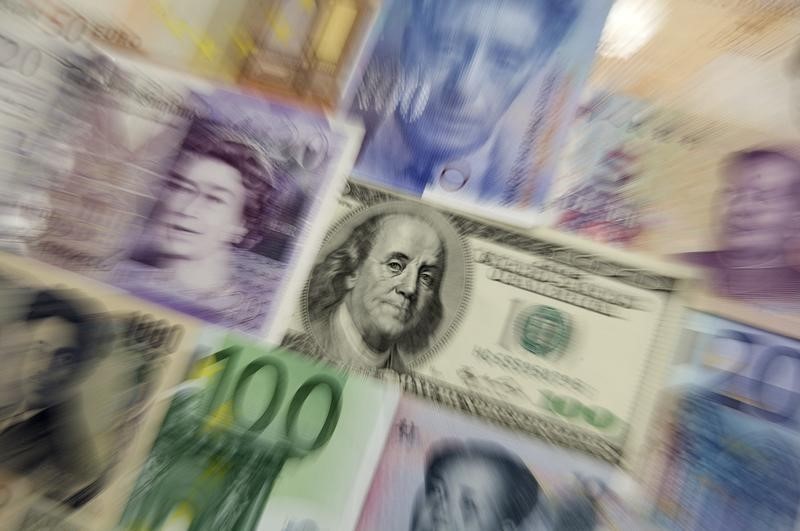Swiss foreign exchange reserves increased in January to CHF 736 billion, up from a revised figure of CHF 730 billion in December, according to data released by the Swiss National Bank (SNB). This marks the fifth consecutive monthly increase since August’s recent lows of CHF 693 billion.
The reserves are now at their highest level since March 2023, before the SNB began reducing reserves to support the Swiss franc amid rising global inflation.
The modest month-over-month rise in reserves, which continues to show a double-digit percentage increase year-over-year, reflects the significant drawdown that occurred towards the end of 2023. However, the growth in reserves is attributed mainly to valuation changes rather than actual market interventions by the SNB.
Analysis of weekly sight deposit data alongside FX reserves indicates a divergence between the two measures, suggesting that the increase is more influenced by valuation adjustments due to the recent improvement in global equity markets and, to a lesser extent, higher global bond returns. The valuation adjustments imply that the actual increase in reserves would be CHF 3 billion less than the headline number.
Currently, the SNB has not found it necessary to engage in foreign exchange interventions to achieve its inflation targets, as recent currency movements have been relatively contained. The central bank maintains that its policy rate remains the primary tool for monetary policy. As the market approaches the terminal rate, which is expected to be around 25 basis points, the SNB remains cautious about potential currency fluctuations.
Additionally, the SNB is aware that any intervention in the FX market could attract scrutiny from the US Administration and be mentioned in the FX Manipulation Report.




